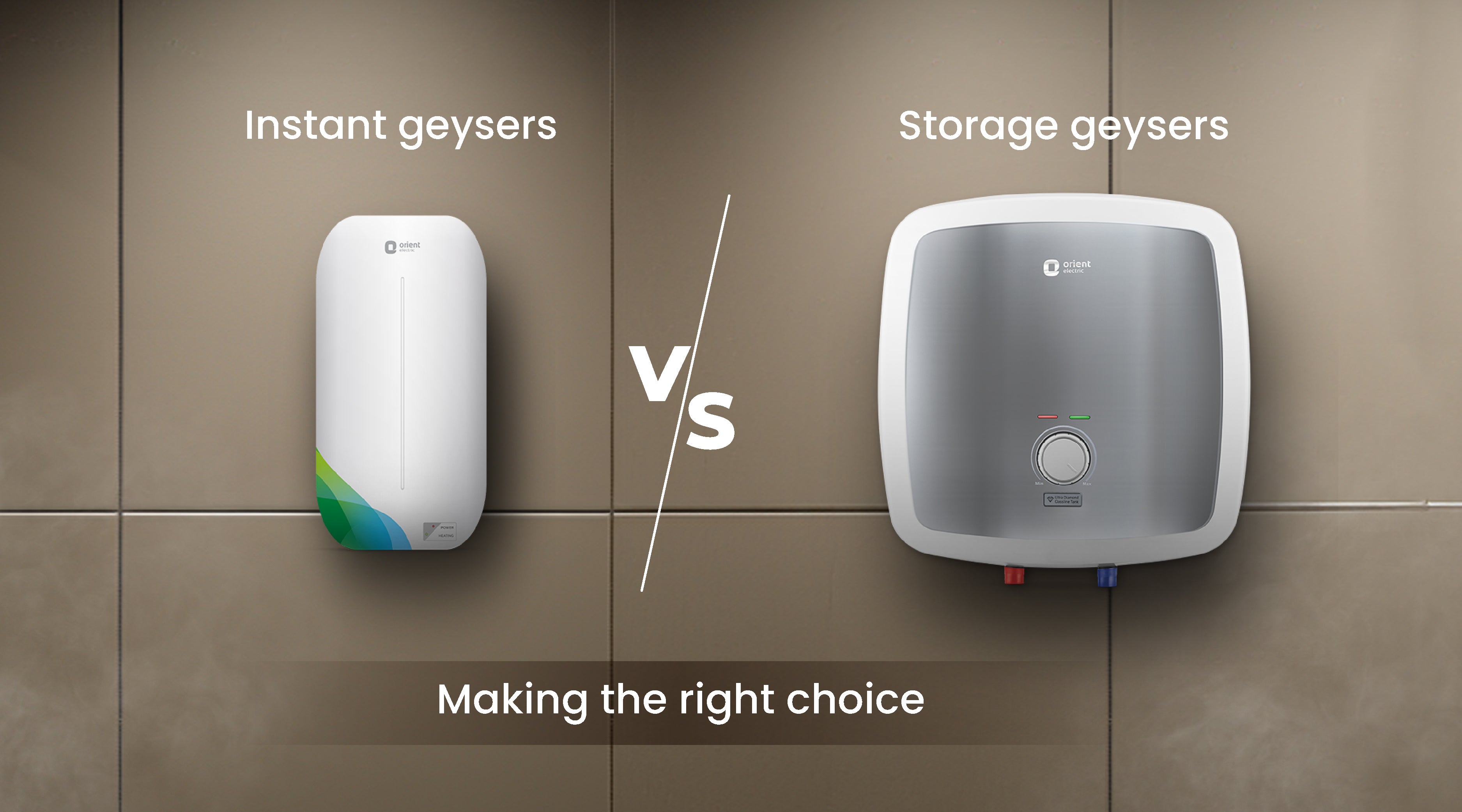Plumbing fees may vary with different geyser sizes.
Plumbing fees may vary with different geyser sizes.
Blog Article
Exactly how to Select the Right Geyser to Make Best Use Of Energy Performance in your house
From recognizing the different types of geysers, to assessing their power effectiveness rankings and considering positioning strategy, each decision plays an essential role in maximizing efficiency. Allow's embark on this trip to uncover how to make the most educated option for a hot spring that will reduce your power costs while making sure optimum performance.

Recognizing the Various Sorts Of Geyser
While there are various kinds of hot springs readily available on the market, understanding the differences in between them is essential for energy effectiveness (geyser sizes). The initial kind, storage hot springs, are the most usual and shop warm water in a storage tank for use when needed. They are available in various abilities and are usually energy-efficient, but they can shed warmth when not being used
The second kind is the tankless geyser, which heats up water as needed, causing much less energy waste but calling for a higher initial power draw. Third, there are heatpump geysers that make use of electrical energy to move warmth from one area to another rather than creating heat straight. They can be a couple of times a lot more power effective than standard storage space geysers. Lastly, solar hot springs make use of solar energy to heat the water, making them one of the most energy-efficient but additionally one of the most expensive.
Analyzing Your House's Warm water Demands
Prior to diving right into the acquisition of a geyser, it is pivotal to analyze the warm water requirements of your home. This assessment needs to take into consideration various elements including the number of family members, frequency of hot water use, and the number of warm water electrical outlets in the home (geyser sizes). A little household with infrequent hot water use may call for a smaller sized, less effective geyser compared to a bigger household with numerous everyday warm water requirements
The sort of home appliances that call for warm water also play a significant role. Dish washers and cleaning equipments, for instance, might require even more warm water than a basic shower or kitchen area sink. Moreover, particular tasks such as showering or cleaning additionally affect the frequency and quantity of warm water required.
Reviewing Energy Efficiency Scores of Geyser
Having actually assessed the warm water demands of your house, it's essential to transform your attention to the power efficiency scores of hot read springs. These ratings, generally offered as Power Factor (EF), suggest a hot spring's total energy efficiency based upon the amount of warm water generated each of gas consumed over a common day. The greater the EF, the extra efficient the hot water heater.

Considerations in Geyser Dimension and Placement
Beyond energy effectiveness rankings, the size and placement of your geyser are essential elements to think about. The size of the geyser need to straighten with your family's warm water requirements. A little geyser might use much less energy but may not provide adequate warm water for multiple uses at the same time, whereas a bigger system can meet greater need however may eat more power.
Geysers need to be set up close to factors of use to decrease heat loss throughout water transport. Additionally, Get More Information taking into consideration thermal insulation, a geyser situated in a warmer area loses less warm and therefore makes use of much less energy to preserve the water temperature.
Expense Evaluation: Balancing Preliminary Investment and Long-Term Cost Savings
While dimension and positioning definitely play considerable roles in a hot spring's power performance, one have to not forget the financial element. When thinking about the initial investment, the rate of energy-efficient geysers can be more than typical designs. The increased upfront expense can be balanced out by long-term energy savings, making it a worthwhile investment in the long run (geyser sizes).
Analyzing lasting savings needs an understanding of the geyser's power ranking. An appliance with a greater score will consume less energy, translating to lower energy costs in time. Federal government incentives and discounts for energy-efficient home appliances can likewise assist recover first costs.
Lastly, maintenance and life-span need to be factored in. Energy-efficient geysers often have much longer life-spans and lower maintenance costs, adding to general savings. When stabilizing initial financial investment and lasting cost savings, one must take into consideration not visit their website just the acquisition rate however likewise energy intake, federal government motivations, and upkeep expenses.

Conclusion
These include understanding the types of geysers, examining your family's hot water requirements, assessing power effectiveness scores, and calculating price benefits. The right geyser dimension, placement, and insulation can substantially minimize energy expenses and environmental effect.
Report this page